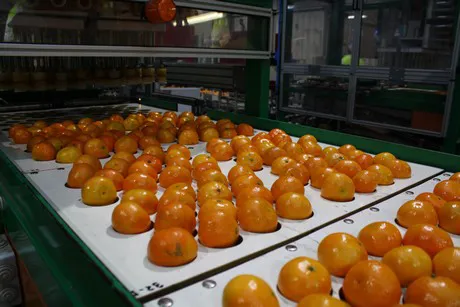
"This campaign, we are having very tight profit margins. The reasonable thing, based on the current circumstances this campaign, would be for prices to remain higher for longer. Prices should be higher to compensate growers for the decline in the volume available, since production costs are similar to those of a campaign with normal volumes," says the exporter.
According to the exporter, one of the factors behind this situation is the lack of cold temperatures at origin, as well as the oversupply of large calibres.
"It's good that it's getting cold in the destination markets, in Europe in our case; however, in the producing areas it would be ideal for temperatures to oscillate between maximums of 12 ºC and minimums of 5 ºC. Also, given the smaller volume of fruit on the trees, the calibres have grown larger than usual, and distribution chains mostly demand sizes that are neither too large, nor too small. For this reason, most producers are harvesting now, because if the fruit is left on the trees so that it can be sold in January, the sizes will continue to grow and there will be a higher risk of discards," he explains. "Only the few professionals who were able to anticipate what would happen this campaign and treated their crops in time to be able to harvest them later will enjoy better prices," he adds.
In the opinion of the commercial director of this firm, the solution would be for the sector as a whole to agree on a price increase justified by the decline in the harvest volume. "Sales would go down a bit, but not by more than 5% and the supply and demand would be regulated naturally."
